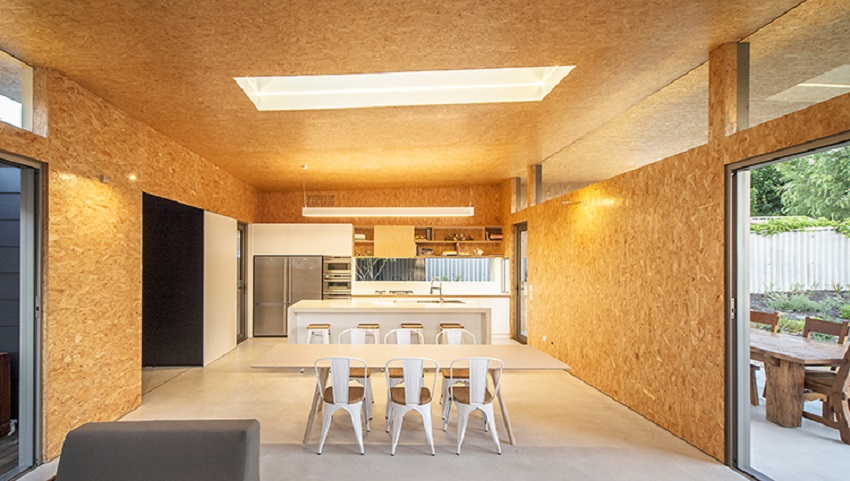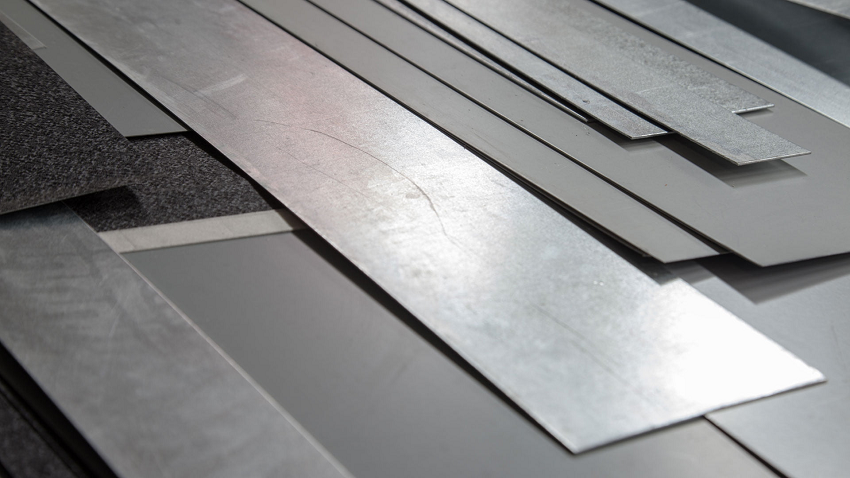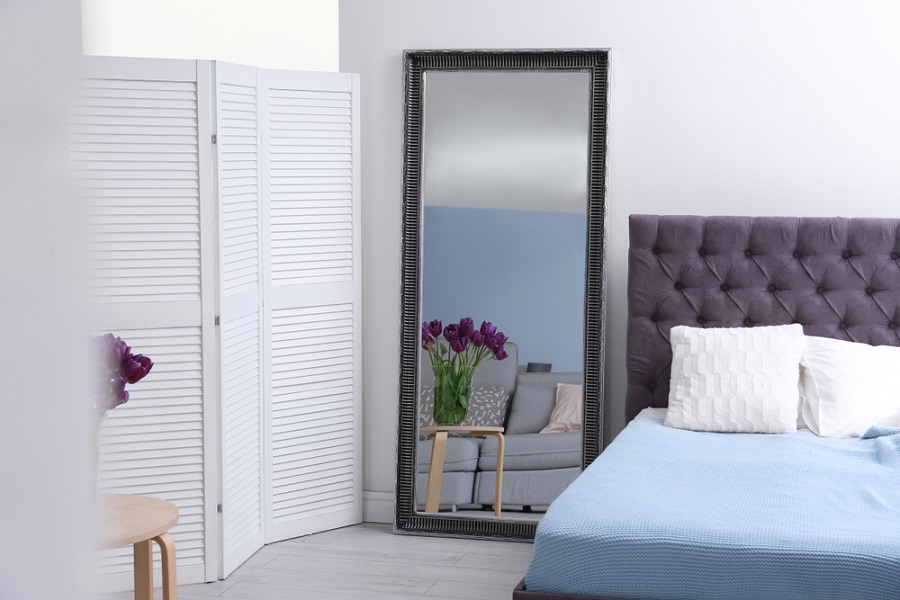If you’re a builder looking to optimize your construction projects, you may have come across a term called SIPs. Structural Insulated Panels (SIPs) are gaining popularity in the construction industry due to their numerous benefits. In this article, we will explore the sips benefits for builders, explaining each topic in detail and providing valuable insights into their application.
Builders are constantly seeking innovative construction methods that offer efficiency, durability, and cost-effectiveness. SIPs are a modern solution that addresses these needs. By understanding the benefits of SIPs, builders can make informed decisions to enhance their construction projects.
What are SIPs?
SIPs are structural panels composed of a foam core sandwiched between two structural facings, typically oriented strand board (OSB). This combination forms a highly insulated, airtight, and structurally strong panel that replaces traditional framing materials. SIPs are designed to provide exceptional energy efficiency and improve the overall performance of buildings.
Energy Efficiency
One of the significant benefits of SIPs is their exceptional energy efficiency. The foam core in SIPs acts as a continuous insulation layer, minimizing thermal bridging and preventing air leaks. This insulation property helps maintain a consistent indoor temperature, reducing the reliance on heating and cooling systems. As a result, builders can create energy-efficient structures that offer long-term cost savings to occupants.
Faster Construction
SIPs enable faster construction compared to traditional building methods. The panels are prefabricated off-site according to precise specifications, reducing on-site labor and construction time. With SIPs, builders can achieve quicker project completion, resulting in improved project schedules and reduced labor costs.
Increased Structural Strength
SIPs provide excellent structural strength due to their composite nature. The combination of the foam core and OSB facings creates a robust panel that can withstand various loads, including wind, seismic activity, and heavy snowfall. The strength and integrity of SIPs make them ideal for constructing buildings in regions prone to natural disasters.
Design Flexibility
Builders appreciate the design flexibility offered by SIPs. These panels can be easily customized to suit different architectural styles and design requirements. With SIPs, builders have the freedom to create unique and visually appealing structures without compromising on performance.
Cost Savings
While the initial cost of SIPs may be higher than traditional materials, builders can achieve significant long-term cost savings. The energy efficiency of SIPs reduces heating and cooling expenses for building occupants. Additionally, the faster construction time with SIPs results in reduced labor costs and fewer on-site delays.
Environmental Sustainability
SIPs are an environmentally sustainable choice for builders. The foam core used in SIPs often contains recycled materials, reducing waste and promoting resource efficiency. Furthermore, the energy efficiency of SIPs reduces the carbon footprint of buildings, contributing to a greener and more sustainable construction industry.
Improved Indoor Air Quality
The airtight construction of SIPs plays a vital role in maintaining excellent indoor air quality. By minimizing air leaks and preventing moisture infiltration, SIPs help prevent the growth of mold and mildew. This feature creates healthier living and working environments for occupants and reduces the risk of respiratory issues.
Durability and Longevity
SIPs are known for their durability and longevity. The structural integrity of SIPs remains intact over time, ensuring the longevity of the building. Additionally, SIPs have been proven to withstand the test of time and perform well in various climatic conditions.
Noise Reduction
The excellent insulation properties of SIPs extend to noise reduction as well. The foam core acts as a sound barrier, minimizing external noise and creating a quieter indoor environment. This benefit is particularly valuable in urban areas or near noisy surroundings.
Disaster Resilience
The strength and durability of SIPs make them highly resilient to disasters. SIPs have performed excellently during earthquakes, hurricanes, and other natural calamities. Builders can rely on SIPs to construct structures that can withstand extreme weather conditions, ensuring the safety of occupants.
Maintenance and Repairs
SIPs require minimal maintenance and repairs compared to traditional construction materials. The airtight construction prevents moisture intrusion, reducing the risk of rot and decay. With SIPs, builders can offer their clients low-maintenance structures that require fewer repairs over time.
Case Studies: Successful Implementation of SIPs
Several case studies highlight the successful implementation of SIPs in various construction projects. These real-life examples demonstrate the effectiveness of SIPs in terms of energy efficiency, speed of construction, and overall building performance. Builders can draw inspiration from these case studies and gain confidence in using SIPs for their projects.
In conclusion, SIPs offer numerous benefits to builders, ranging from energy efficiency and faster construction to increased structural strength and design flexibility. By adopting SIPs, builders can create sustainable, cost-effective, and high-performance buildings that meet the evolving demands of the construction industry.
FAQs
- Are SIPs suitable for all types of buildings?
SIPs are highly versatile and can be used for various building types, including residential, commercial, and industrial structures.
- Can SIPs be used in cold climates?
Yes, SIPs perform exceptionally well in cold climates. Their superior insulation properties help maintain a comfortable indoor temperature.
- Are SIPs environmentally friendly?
Yes, SIPs are an environmentally sustainable choice for builders. They promote resource efficiency and reduce energy consumption.
- Can SIPs be combined with other construction methods?
Yes, SIPs can be easily integrated with other construction methods, allowing builders to leverage the benefits of different materials and techniques.
- Do SIPs require specialized installation?
SIPs require trained professionals for installation. It is crucial to follow the manufacturer’s guidelines to ensure proper assembly and maximize performance.




